After several months of wild swings in US consumer debt, culminating with last month's jump in credit card debt to a new all time high despite record high credit card rates, in March households finally hit a brick wall because according to the latest consumer credit data published by the Federal Reserve moments ago, in the last month of Q1, total consumer debt rose by a paltry $6.274 billion, which was not only nearly a more than 60% miss to consensus estimates of $15.0 billion...
... but also a dramatic slowdown from February, tumbling by almost $9BN, the biggest monthly drop in the rate of change in 2024.
But it was when looking into the details of the report, we find something remarkable: while non-revolving credit rose a modest $6.1BN, up a bit from February's $4.3BN, and exactly half the $12.2BN average monthly increase in nonrevolving credit over the past decade...
... which is to be expected in a time when student debt continues to shrink due to illegal debt discharges by the Biden admin (which is defying SCOTUS and continues to forgive billions in student loans) while auto loans are barely rising due to record interest rates...
... what was the biggest shock in today's data was the absolute collapse in revolving credit growth, i.e., credit card debt, which plunged from a $10.7BN increase in February - one of the biggest monthly prints on record - to barely positive, or $152 million, the smallest monthly increase since the covid crash!
Of course with the Fed refusing to cut rates - for good reason - the brutal slowdown in new credit card debt is hardly a surprise since as the Fed also reported that in Q1, the average rate across all commercial banks on all credit card amounts just hit a new record high of 21.59%, which is a vivid reminders that while banks are happy to hike credit card rates, they rarely if ever cut them, and it's also one of the main reasons why Goldman's trading desk just went bearish on US consumers.
Yet with consumers ever more strapped for actual cash and equity, as the personal savings rate in the US has collapsed from over 5% to 3.2% - the lowest since 2022 - in just a few months...
... there is only so much more credit card maxing out that can take place before reality finally sets in, as can be seen in the next and perhaps most striking chart yet: total credit card debt is record high while the personal savings rate is record low!
Then again, with an election on the horizon - one which ensures that any credit-card fueled spending must be encouraged - don't be surprised if the White House instructs banks to just ignore soaring delinquency and charge-off rates...
... as discussed previously in "These Are The 5 Charts The FDIC Does Not Want You Paying Attention To", only for the hammer to fall on the first day of Trump's new presidency.
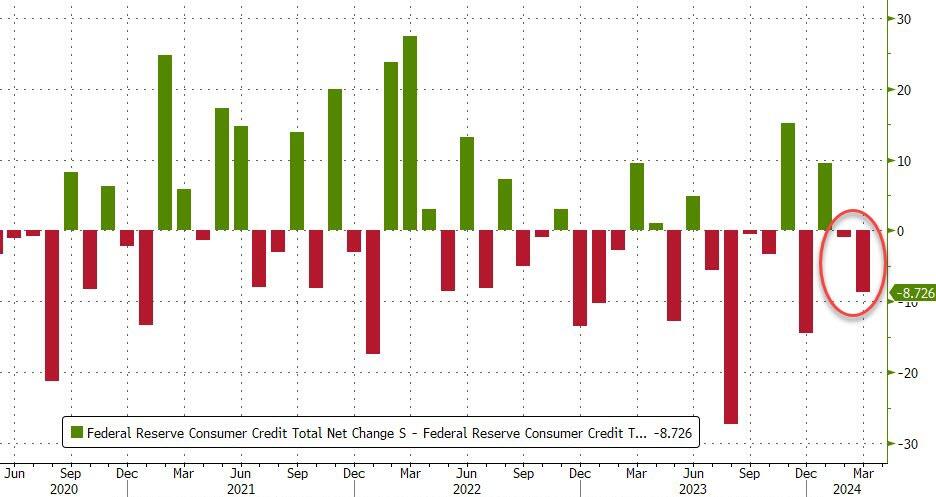
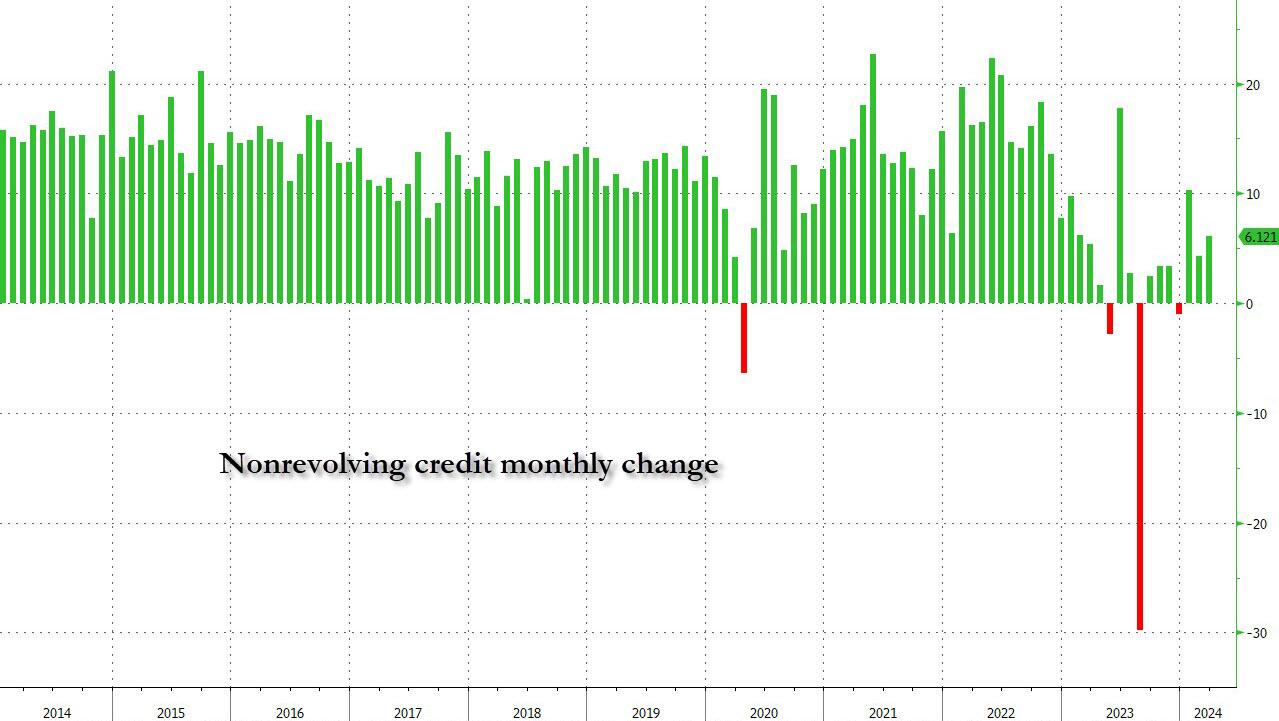
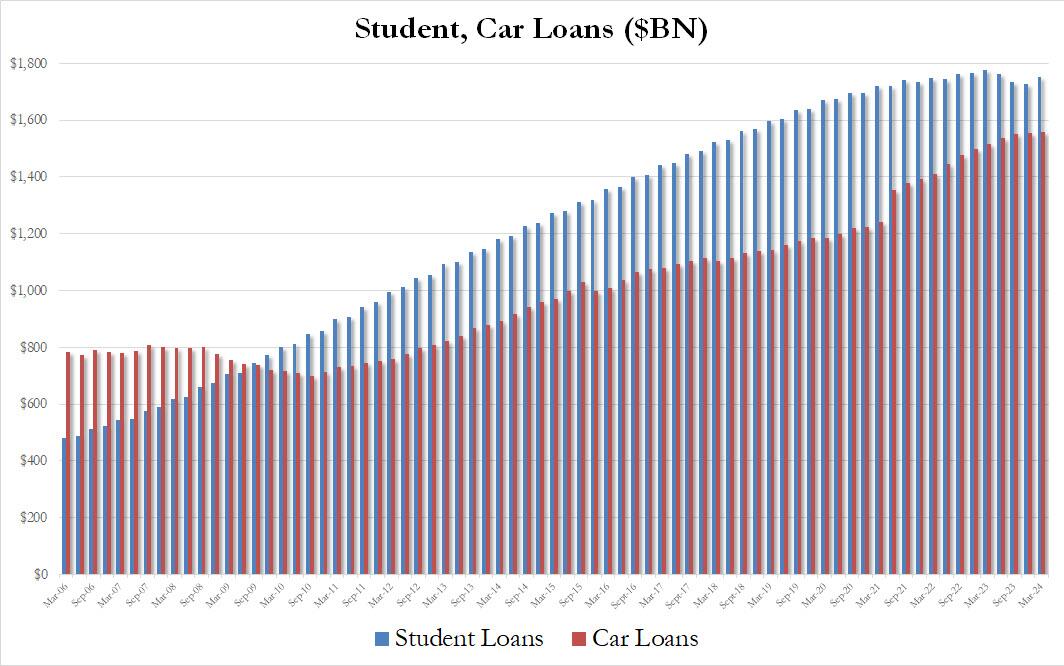

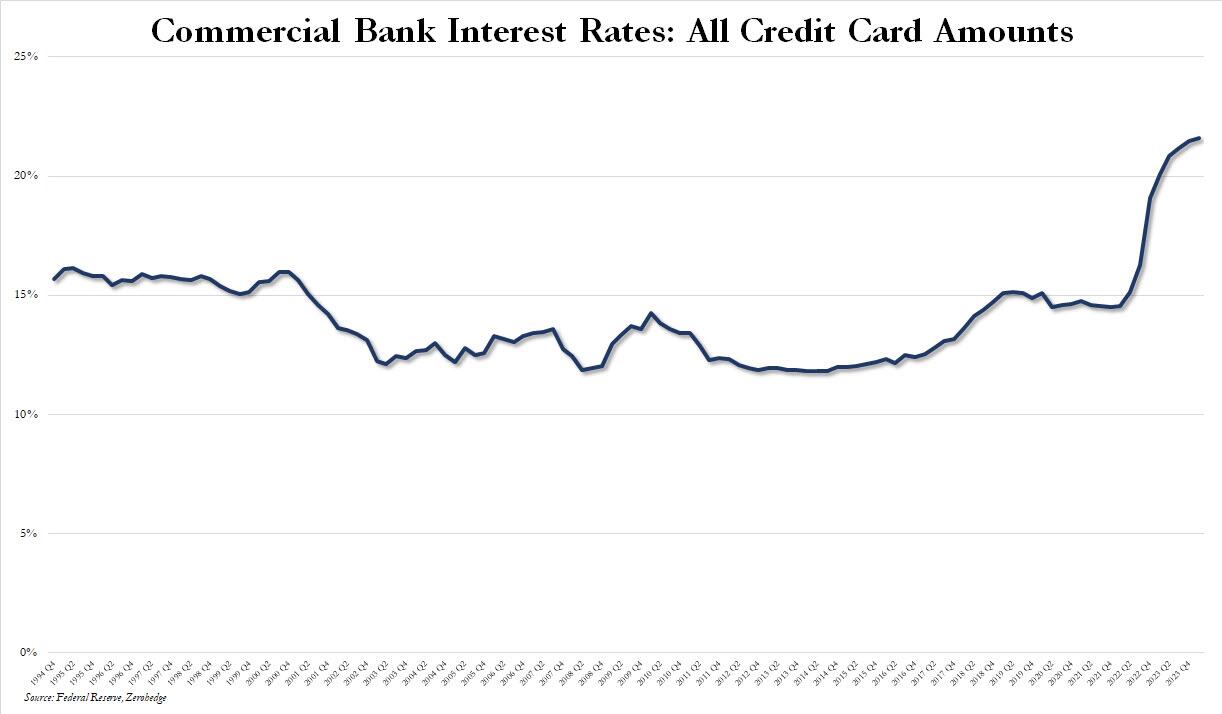
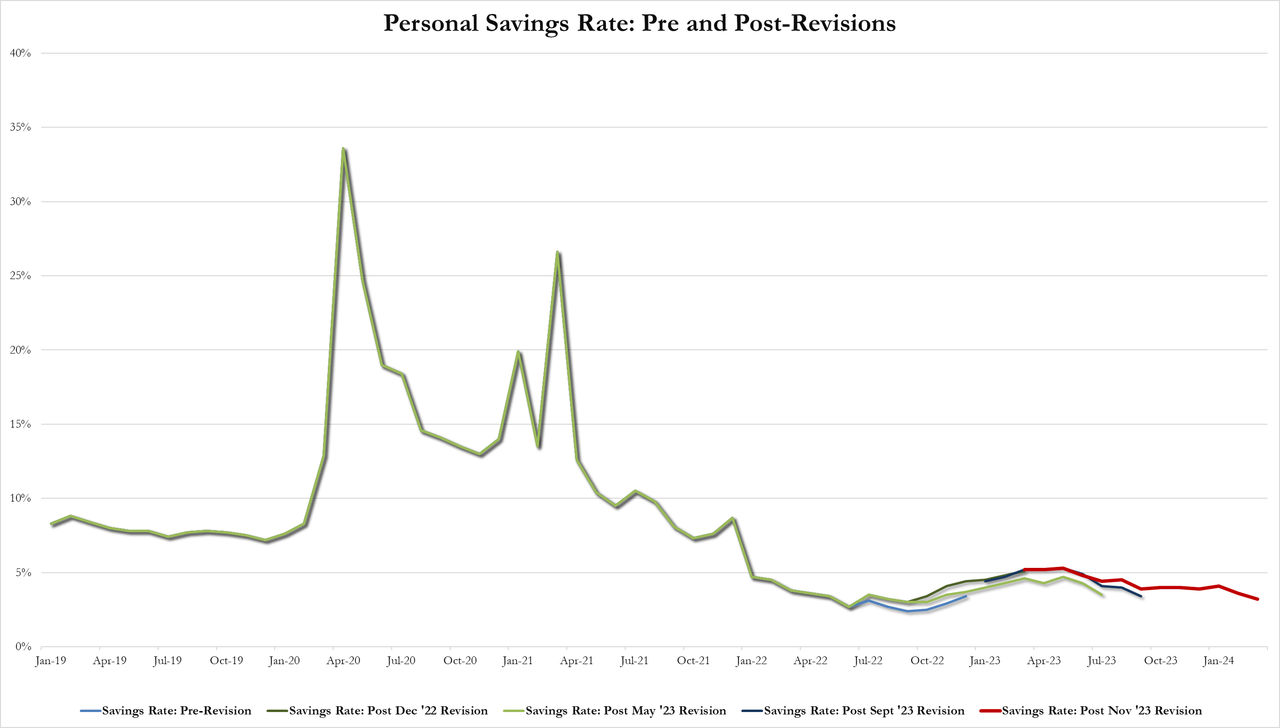
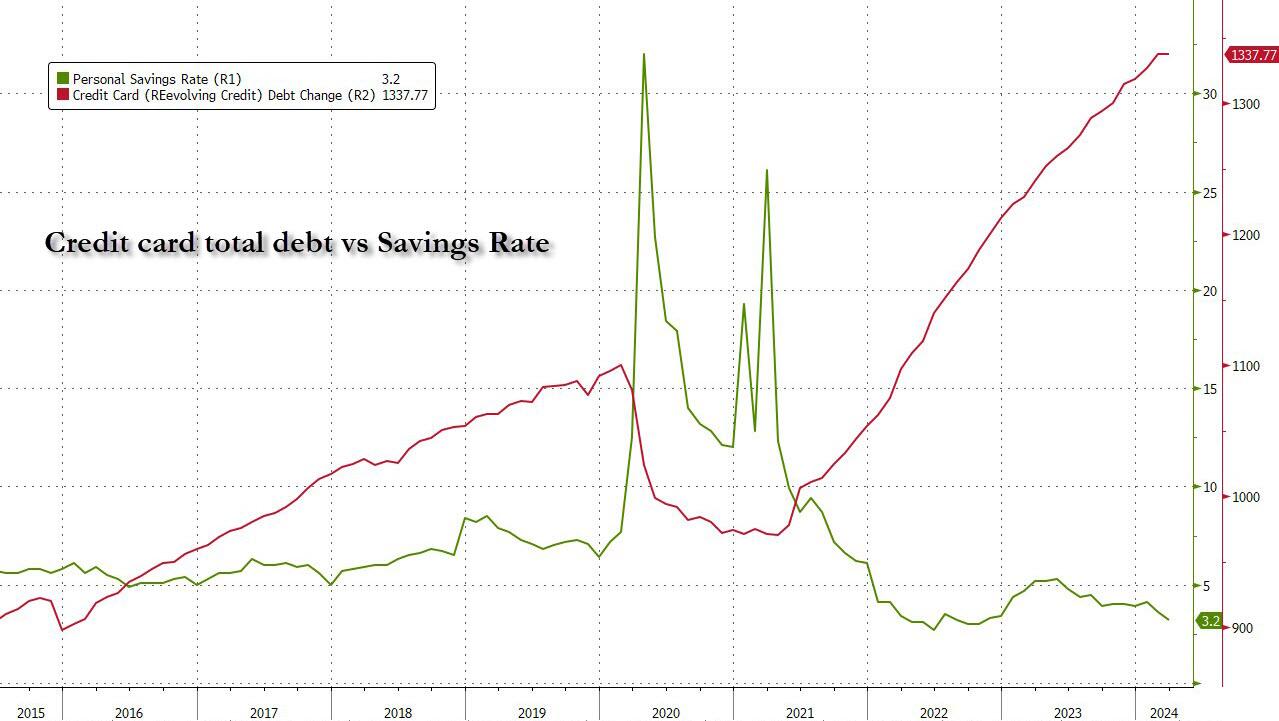

No comments:
Post a Comment
Note: Only a member of this blog may post a comment.